Ultrabuilt diligently works to provide some amazing equipment that can assist hard-working towers in all types of recovery situations, especially the tough ones. We think you’ll agree, and here’s why.
Ultrabuilt Wincebox is the perfect equipment for any farming, oilfield, and construction equipment recovery. Winchbox attachments are versatile and indispensable pieces of equipment for all industries. With the Winchbox, recovery will no longer be a problem, anywhere or anytime. Snow, mud, sand, nor ice will no longer be a problem for Winchbox. Regular-duty trucks, built for the road, simply cannot get into places that a skidsteer and a Winchbox can. Why? The compact design of the Winchbox allows for easy maneuverability in tight spaces, making it ideal for a variety of recovery situations.
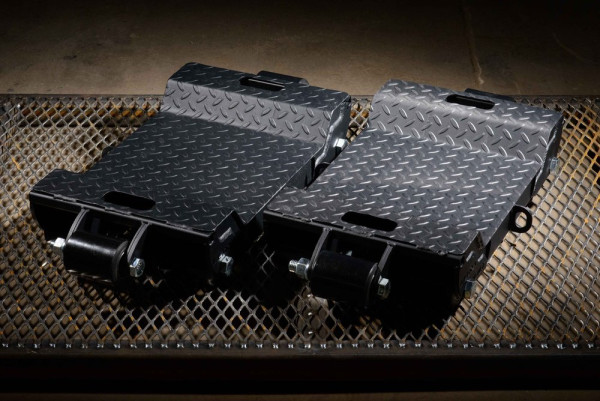
The Ultrabuilt HDRU is perfect for towing and recovery operations done in tight spaces or off-road locations where larger wreckers may struggle to access. With its compact size and powerful capabilities, it can handle the toughest recovery jobs with ease. The wireless remote package allows the operator to control the Winchbox from a safe distance, reducing the risk of injury and increasing efficiency. That’s huge! It means that a single operator can easily maneuver the Winchbox into position and secure the vehicle without the need for additional manpower. Overall, this compact unit is a versatile and powerful tool for towing and recovery operations. Its ability to be easily transported and remotely controlled makes it an asset for any towing company or recovery operation.
In most situations, the Winchbox can be billed as specialty equipment. Combining that with the considerably lower cost and added versatility compared to a heavy wrecker, our customers find them to be a game changer for their operation. Winchbox offers a cost-effective solution for businesses in need of heavy-duty recovery capabilities, making it a popular choice among our customers. With its versatility, lower cost, and ease of use, it has become an indispensable tool for any business that requires reliable, recovery equipment.
Without the complications of other boxes, the Ultrabuilt HDRU requires less maintenance, and has superior structural integrity for the same or less weight. After hundreds of hours of simulated and field testing by structural engineers and industry professionals, this is the Winchbox perfected. The initial building of the frames by certified structural welders, powder coating, and final assembly all happen in Central Oklahoma.
All Winchboxes are built on the same frame with a locking, fold-down safety screen, reinforced tie back points, integrated chain and rigging rack. HDRU30 features a 30k Pierce Bison winch with 180 Ft of 5/8 wire rope, manual or air free spool with onboard air provided by an ARB air compressor. HDRU20 features a Pierce PSHV18 winch with 200 Ft of 1/2 wire rope, manual free spool, and manual tensioner. Optional light kits, wireless remote packages, custom powder coating, and CNC designs are available.
When we least expect it, things can happen. So, before you need help, check out our recovery solutions. Whether you are in the farming, oilfield, or construction industry, the Ultrabuilt Winchbox is the perfect solution for ALL your recovery needs. With its durability, versatility, and ease of use, this attachment is a ‘must-have’ for any business looking to streamline their operations and increase efficiency.
Contact Ultrabuilt today to learn more about how our Winchbox attachments can benefit you and your business.

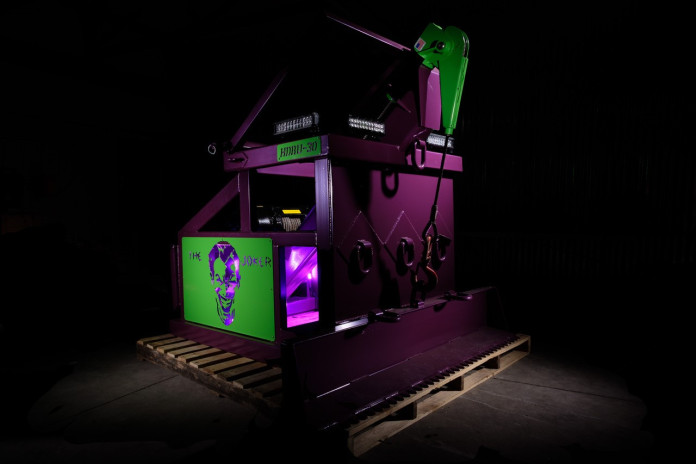
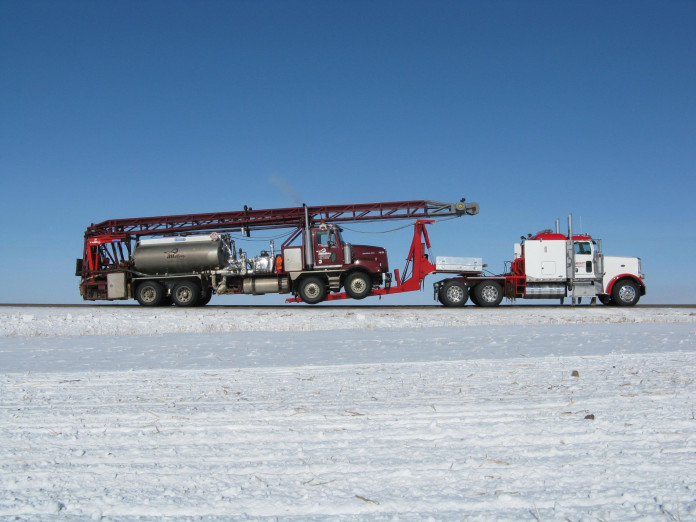
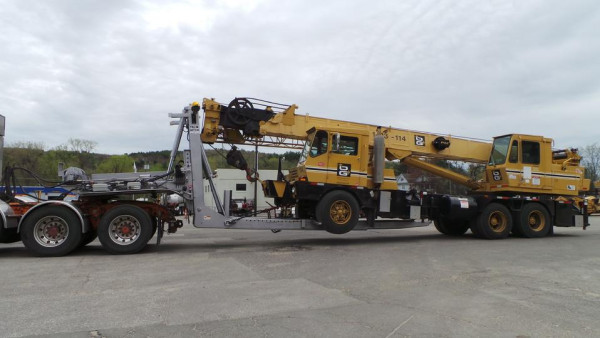
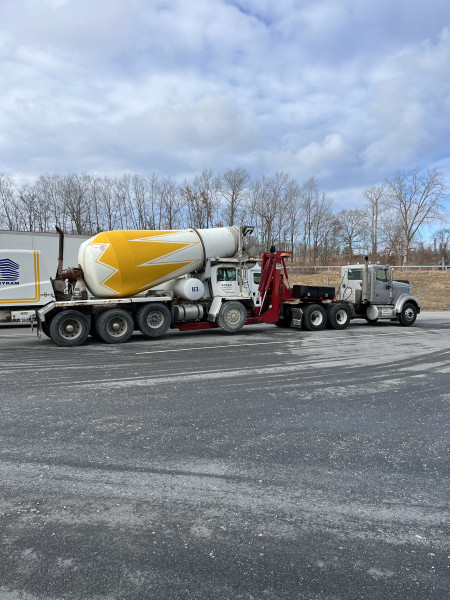
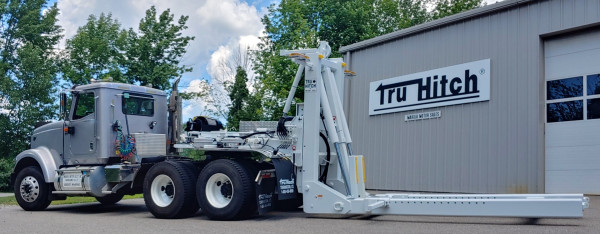
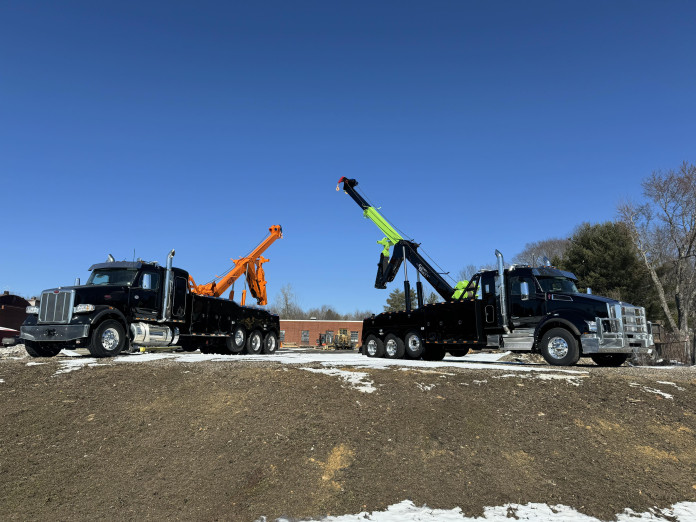
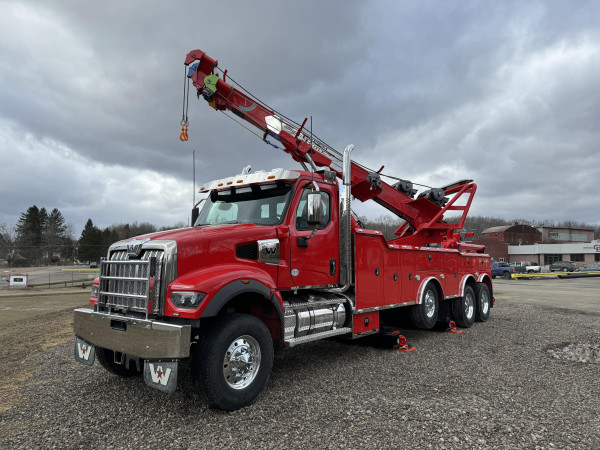
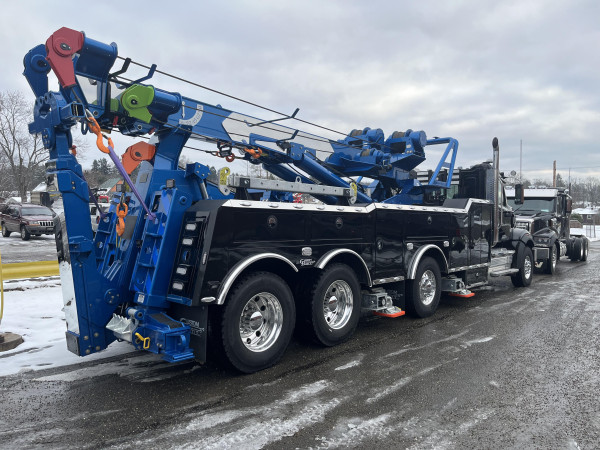
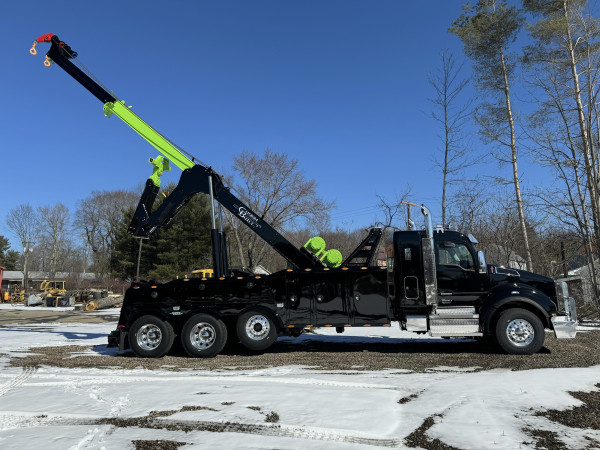
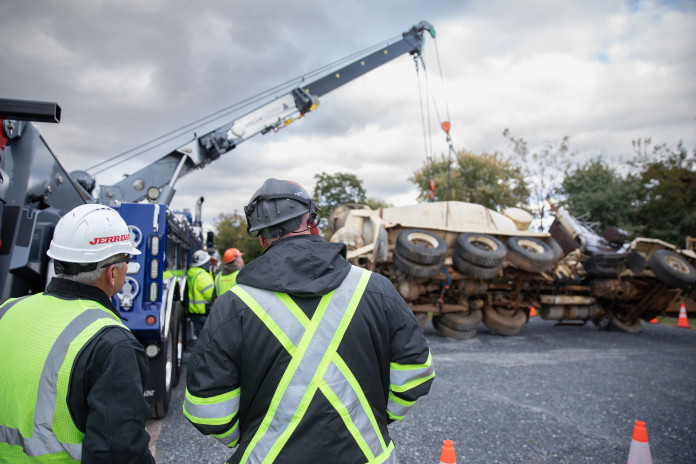
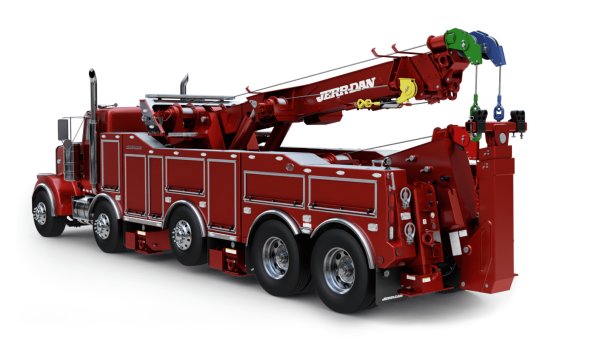




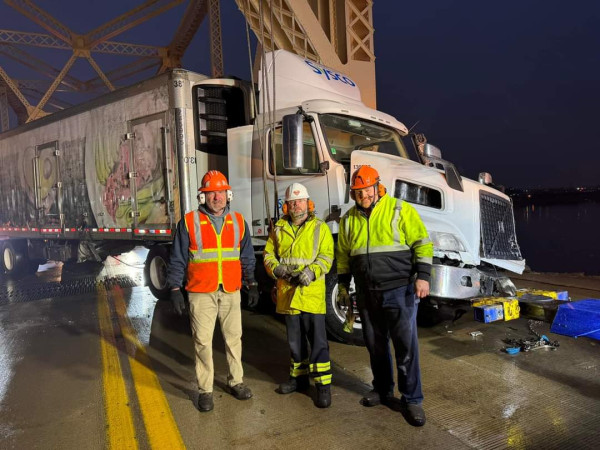




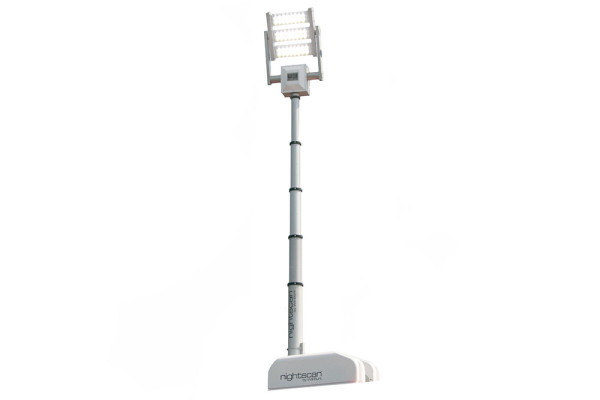 Emergencies don’t always give you the time to pull out and set up enough bright lights to see what’s going on. Every second counts, so when you’re slowly setting up enough floodlights to see what’s happening, you’re losing precious time. That’s one of the many reasons the Will-Burt Night Scan Light stands out. Able to set up and light up the scene with 60,000 lumens in 15 seconds with only the push of a button, this light lets you focus on what you came to do.
Emergencies don’t always give you the time to pull out and set up enough bright lights to see what’s going on. Every second counts, so when you’re slowly setting up enough floodlights to see what’s happening, you’re losing precious time. That’s one of the many reasons the Will-Burt Night Scan Light stands out. Able to set up and light up the scene with 60,000 lumens in 15 seconds with only the push of a button, this light lets you focus on what you came to do.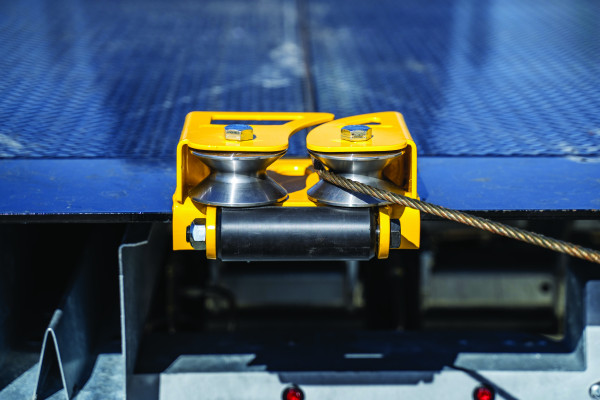

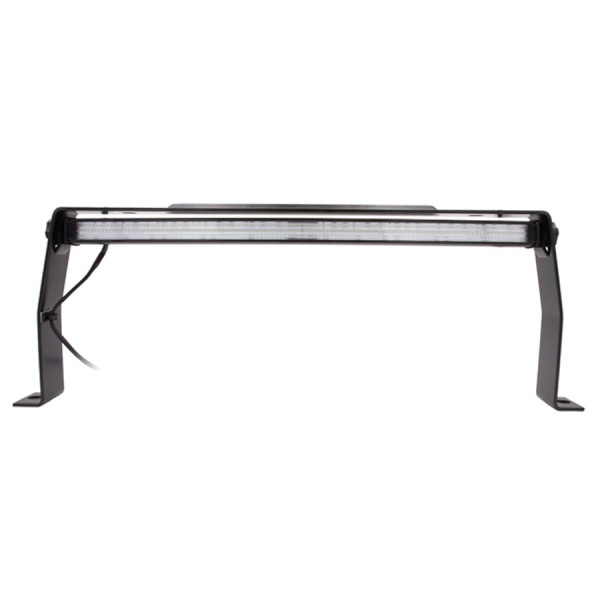
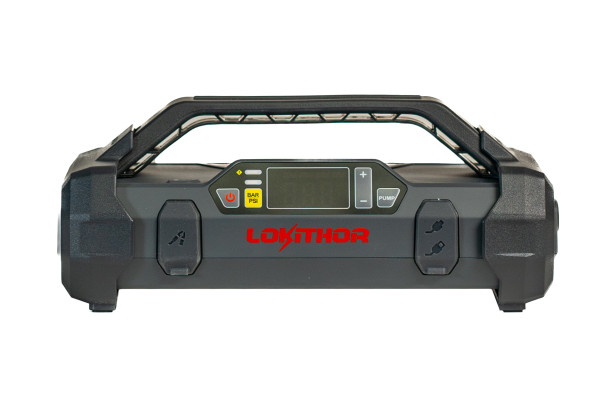


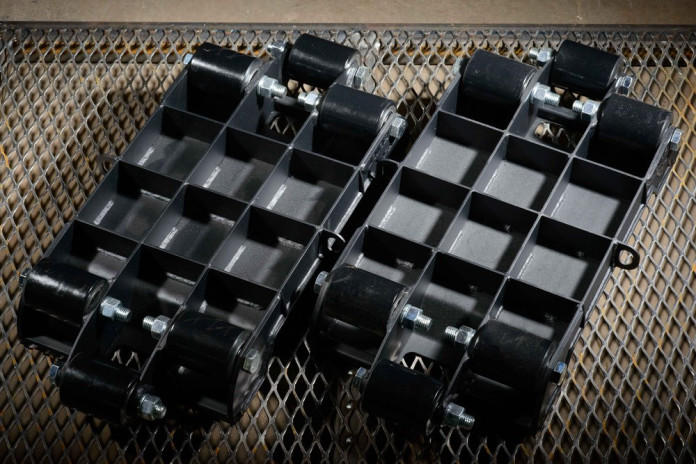
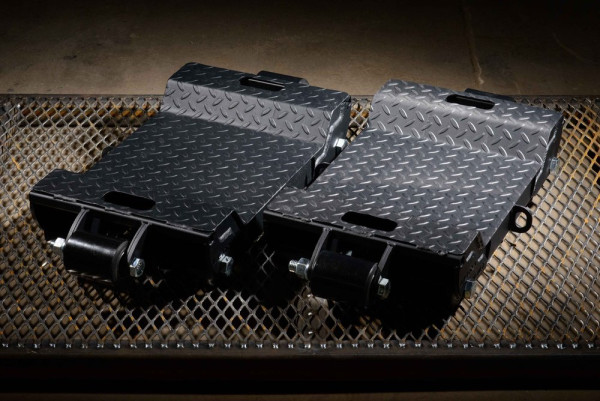
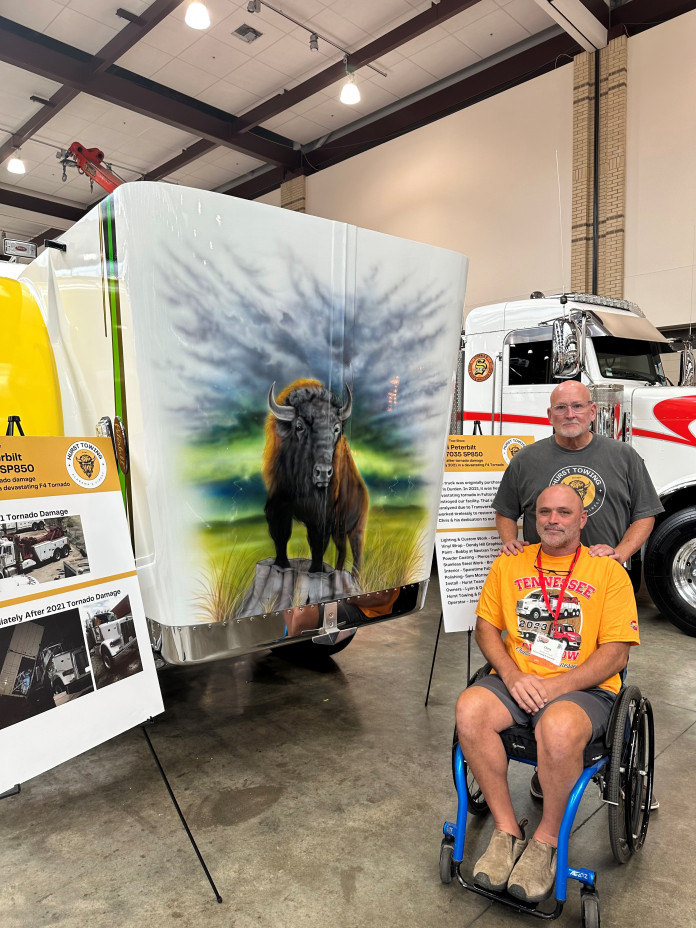
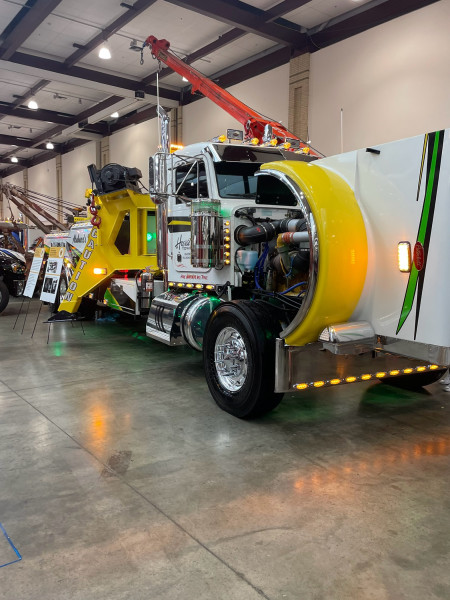
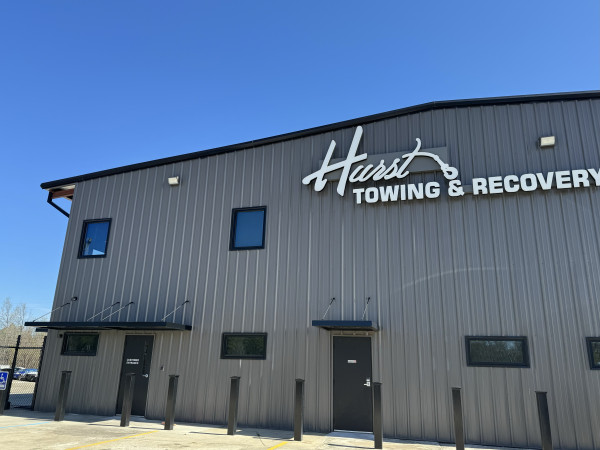
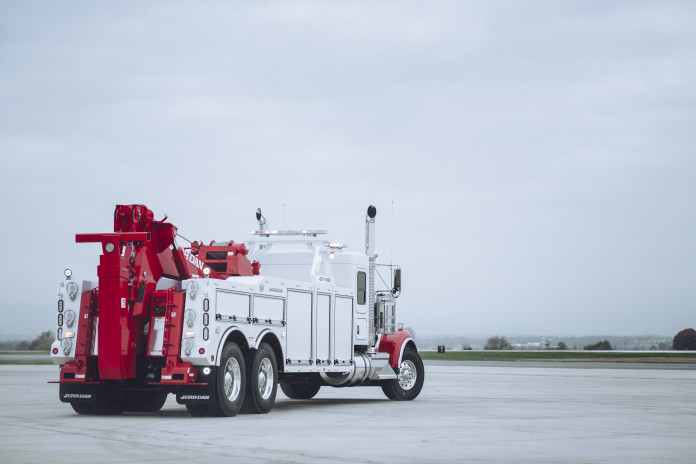
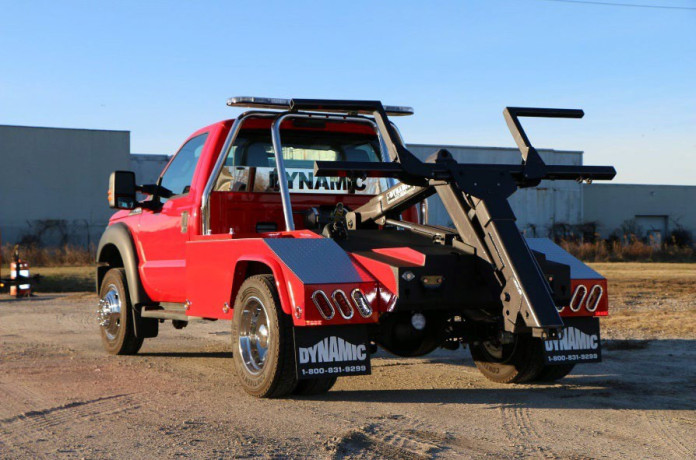



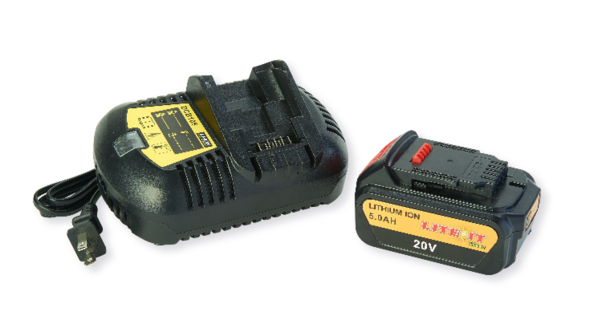 Lite-It-Wireless introduced a new External Power Pack Battery light bar at the 2023 Tennessee Tow Show. The 20-volt lithium battery slides into the battery plate externally mounted on the bottom of the light bar, protecting it from moisture. Once locked in place, and turned on, your bar now has power. It is easily removed and placed into the battery charger included with the light bar. The charger plugs into the standard 110v outlet and the battery locks right into the charger. This external power pack is perfect for towing longer hours without worrying about frequent recharging or having to cord the bar. You can purchase the Custer Products’ Battery and charger with your light bar OR if you have a DeWalt style or M18 style battery, you can use one you already have.
Lite-It-Wireless introduced a new External Power Pack Battery light bar at the 2023 Tennessee Tow Show. The 20-volt lithium battery slides into the battery plate externally mounted on the bottom of the light bar, protecting it from moisture. Once locked in place, and turned on, your bar now has power. It is easily removed and placed into the battery charger included with the light bar. The charger plugs into the standard 110v outlet and the battery locks right into the charger. This external power pack is perfect for towing longer hours without worrying about frequent recharging or having to cord the bar. You can purchase the Custer Products’ Battery and charger with your light bar OR if you have a DeWalt style or M18 style battery, you can use one you already have.
